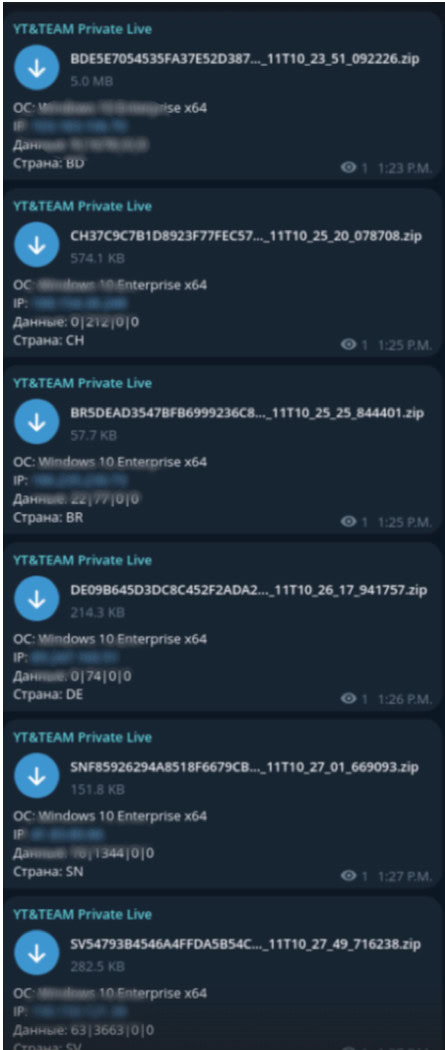
2024-11-14 00:44:47 Author: securityboulevard.com(查看原文) 阅读量:7 收藏
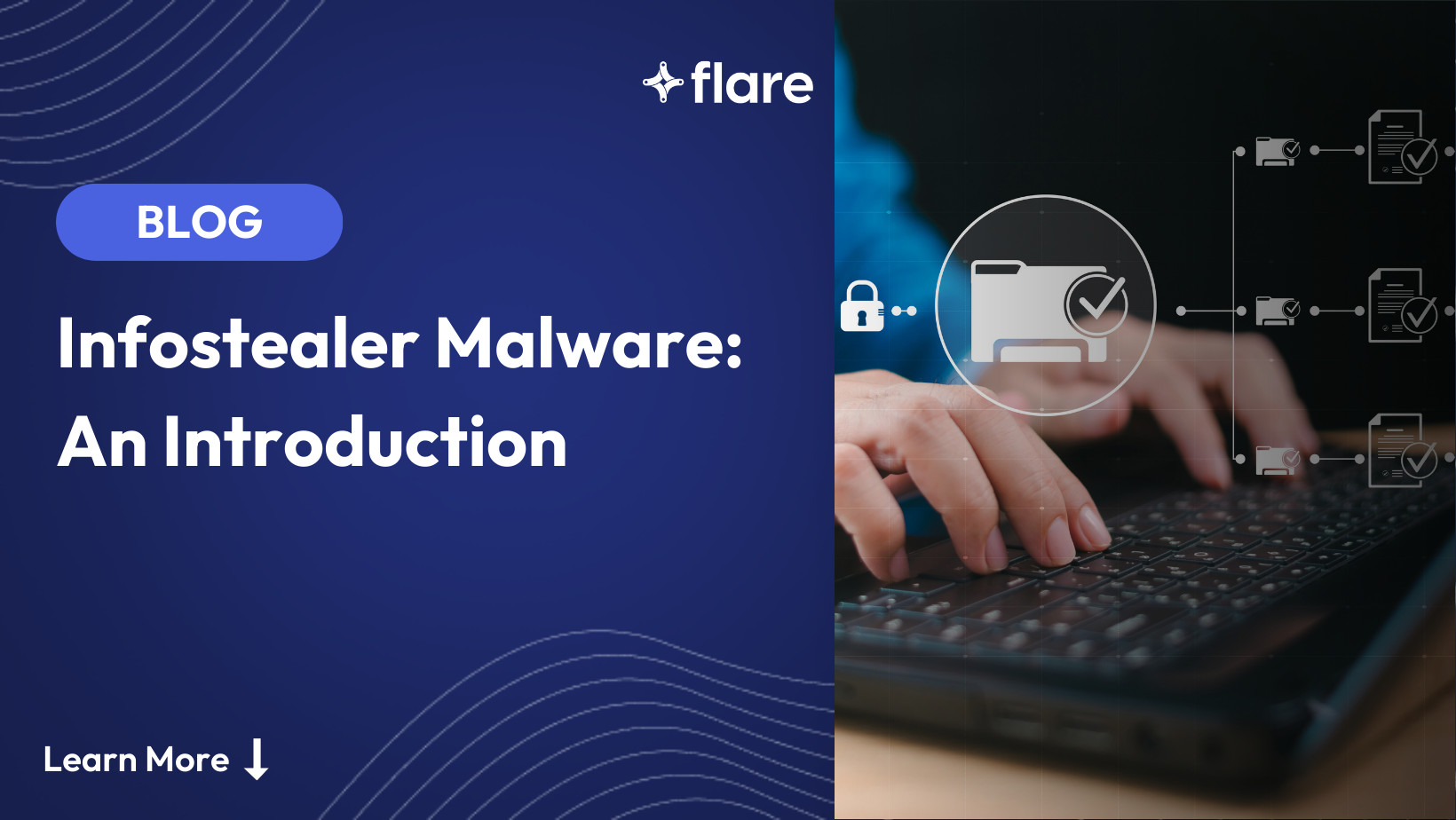
Infostealer malware represents one of the most underrated threats to corporate and consumer information security today. These sophisticated remote access Trojans (RATs) silently infect computers and systematically exfiltrate massive amounts of sensitive information from the host to threat actors’ command and control (C2) infrastructure. Their primary targets include:
- Browser-saved credentials
- Session cookies
- Browser fingerprints
- Other sensitive system data
Once the information has been exfiltrated, it takes the form of a “stealer log,” a single discrete set of information about a user that includes a snapshot of their browser and key details about their computer. Threat actors then distribute these (either as free samples or in exchange for cryptocurrency) across principally, Telegram and Russian Market, where they are then used by other criminal actors to commit financial fraud, steal cryptocurrency, or in some cases breach major companies.
This article will dive deep into infostealer malware and provide readers with a comprehensive picture of the entire infostealer ecosystem, from malware-as-a-service distributors designing new variants of infostealers to how cybercriminals use logs to gain access to key services.
What’s in an Info(stealer) Log?
Each infostealer log represents a single user’s stolen data. Different infostealer variants pull different types of data (and malware developers in some cases compete on which data the variant they maintain steals!). For example, one variant may pull clipboard data from the user while another variant may not. There is a constant tension – the more data stolen by the infostealer variant the more likely it is to be detected and stopped by Windows Defender or an anti-virus platform.

An infostealer log with separate .txt files for different types of stolen data
Here’s what’s in the infostealer log above:
- Autofills: This folder contains stolen data related to autofill functionality from web browsers, including names, addresses, and payment details. If compromised, this data can be used for identity theft or fraudulent transactions.
- Cookies: This folder holds browser cookies, which store session data and login credentials for websites. Stolen cookies could allow attackers to bypass authentication mechanisms and hijack active sessions, leading to account takeovers.
- Discord: This folder might store session tokens or credentials related to the Discord platform. Compromising these tokens could give attackers access to the victim’s Discord account, enabling them to steal sensitive communications or impersonate the user.
- DomainDetects.txt: This text file logs domains detected or visited by the victim. It could be useful for understanding the victim’s browsing behavior or identifying phishing targets.
- FBFastCheck: This is actually an advertisement for another subscription service the channel owner offers which enables users to quickly sort through stealer logs to identify the type of credentials they are after.
- ImportantAutofills.txt: This file stores more critical autofill information such as sensitive entries like payment cards, billing addresses, or personally identifiable information (PII) from browser autofill data.
- InstalledBrowsers.txt: A list of browsers installed on the victim’s system.
- InstalledSoftware.txt: Contains a list of all software installed on the victim’s machine.
- Passwords.txt: This file is critical, as it contains cleartext passwords harvested from the victim’s browser.
- ProcessList.txt: This file logs running processes on the victim’s machine at the time of the infostealer infection.
- UserInformation.txt: This file contains detailed information about the victim’s account or system, such as usernames, computer names, or operating system details. It also contains information about the infection date and build of the malware.
Origins: The Infostealer Malware-as-a-Service Ecosystem
The Infostealer MaaS Business Model
Modern infostealers operate within a sophisticated Malware-as-a-Service (MaaS) ecosystem. Key characteristics include:
- Distribution Channels:
- Cybercrime forums
- Telegram channels (including specialized channels for RAT developers)
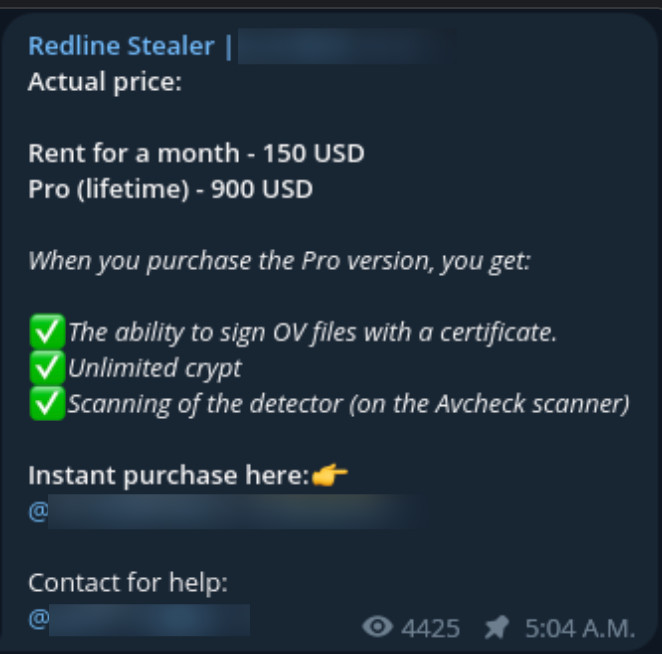
Telegram post of a redline stealer for sale
Pricing Structure
- Standard Variants:
- Monthly subscription model
- Price range: $100-1000 USD
- Payments accepted in cryptocurrency
- Includes C2 infrastructure hosting
- Specialized Variants:
- macOS stealers command premium pricing
- Currently the only major variant targeting Apple ecosystems
- Higher prices reflect limited competition in Mac malware space
MaaS vendors fulfill a critical role in the ecosystem. Malware development is difficult and time-consuming and requires substantial expertise – particularly to get around modern AV/EDR systems. By having specialized infostealer developers maintaining their own code and selling it as a service, they can leverage the economic principle of role specialization while making a significant profit, particularly for developers that build popular variants such as Redline.
Infostealer Distribution: Common Attack Patterns
After acquiring an infostealer variant, cybercriminals employ various distribution methods to infect victim systems. While multiple approaches exist, the most prevalent involves embedding malware within purported “cracked” software downloads.
Below is the typical attack flow:
- Initial Setup
- Threat actor purchases an infostealer variant through Telegram channels
- Package typically includes C2 infrastructure
- Some variants come with detailed infection pipeline documentation
- Distribution Infrastructure
- Creates landing pages using either paste-type sites, stolen websites, or sites hosted on bulletproof hosting
- Uploads malicious payload to file-sharing platforms (e.g., Mega.nz)
- Uses password protection to bypass antivirus scanning during download
- Traffic Generation
- Acquires compromised Google Ads accounts
- Purchases compromised YouTube accounts
- Use these platforms to advertise (real or fake) cracked software seeded with infostealer
- Data Exfiltration
- Victims download and execute the malicious files
- Infostealer harvests various data types:
- Login credentials
- Browser data
- System information
- Stolen data is transmitted to:
- Dedicated C2 infrastructure
- Telegram channels (in some configurations)
While cracked software distribution is common, sophisticated threat actors may employ other techniques:
- Targeted phishing campaigns
- Watering hole attacks
One particularly interesting campaign occurred in mid-2023 and targeted potential users of the AI platform Midjourney. This campaign leveraged several of the aforementioned features – malicious google ads likely being run from compromised accounts.
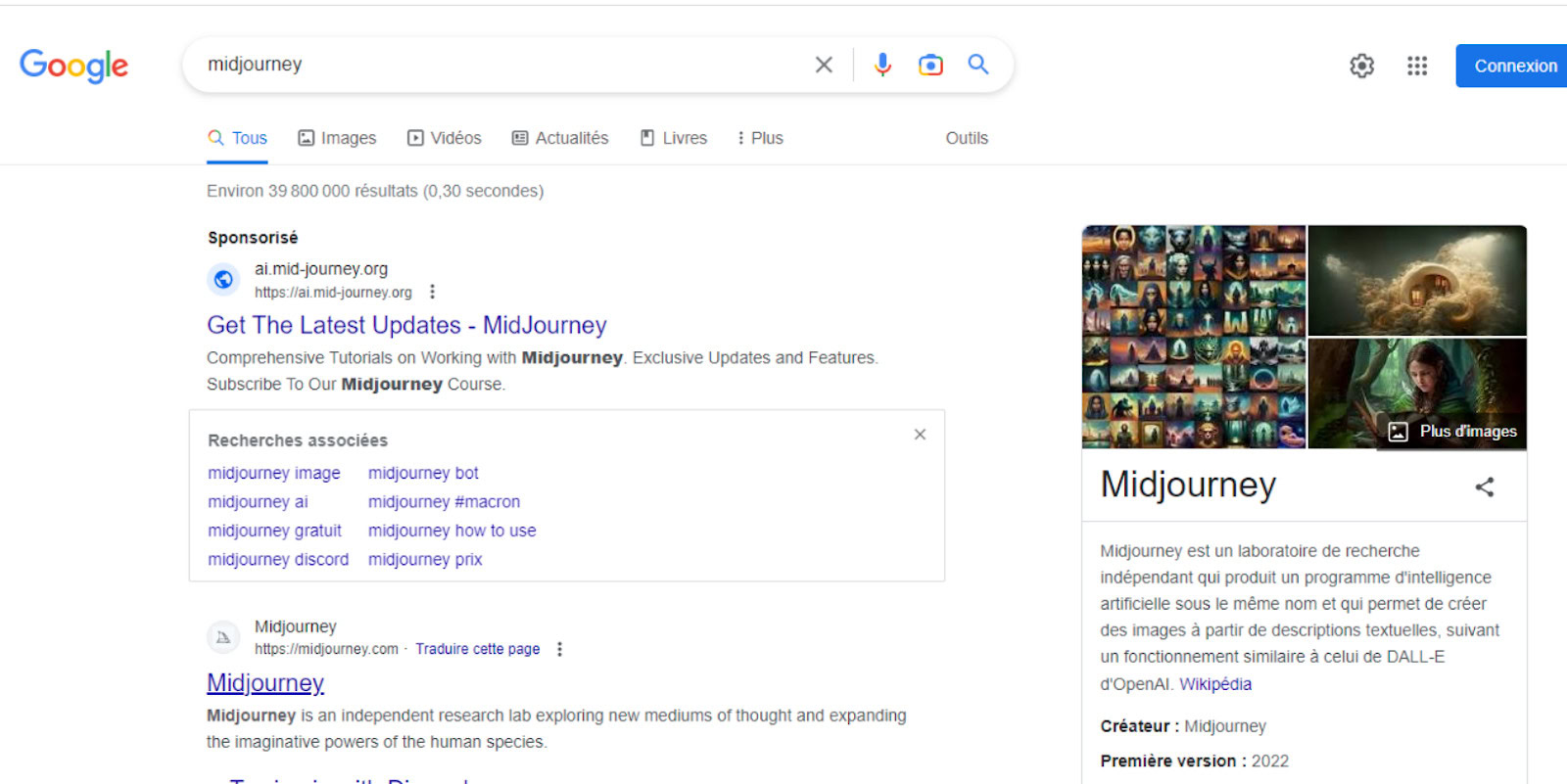
A user would search for Midjourney and the first result was the now defunct “ai.mid-journye.org” which was advertised using Google Ads. Clicking on the advertisement would bring the user to a custom build landing page.
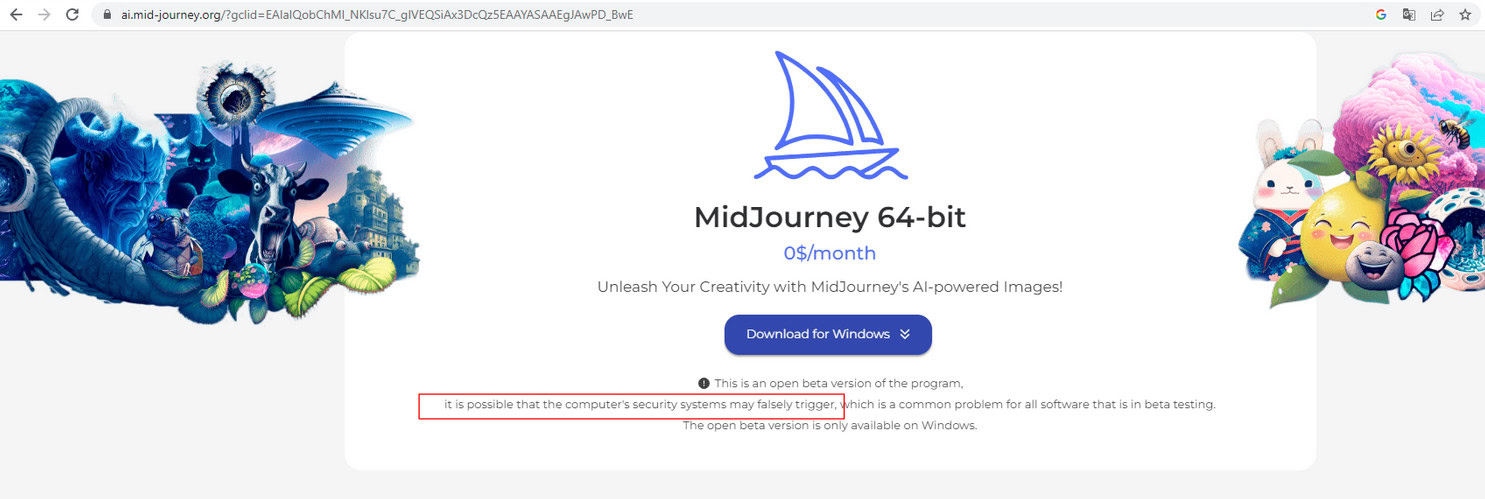
The landing page was fairly sophisticated and well designed to entice the user to download the Windows application. Note the highlighted red “it is possible that the computer’s security systems may falsely trigger” and the lack of a MacOS option.
Info(stealer) Log Distribution
As of November 2024, stealer logs are primarily distributed in four main ways:
- Public Telegram channels: These channels provide bulk infostealer logs packaged together (typically files with hundreds or thousands of bundled logs). Threat actors use public rooms as a way to build reputation and credibility, and in some cases to promote their private channels which require a paid monthly subscription.
- Private Telegram channels: These channels require users to pay a monthly subscription fee and sometimes limit the number of users in a specific channel (to 5-20 individuals). Prices range from $100 to $500 a month and heavily depend on the reputation of the threat actor and the frequency that new logs are published to the channel.
- Live Telegram channels: In a few instances, we’ve identified threat actors selling access to “live” logs in which Telegram serves as a backend where logs are sent directly upon a victim being infected. There is substantial time relevancy to logs – newer logs are more likely to contain unexpired session cookies and unchanged credentials – providing the threat actor maximal opportunity to gain unauthorized access to core services.
- Russian Market: Russian Market is a marketplace operating as a dark web hidden service which allows infostealer distributors to bulk upload logs that are sold for $10 each. Russian Market also enables buyers to search through logs and identify those with specific credential sets they are interested in compromising prior to purchase.
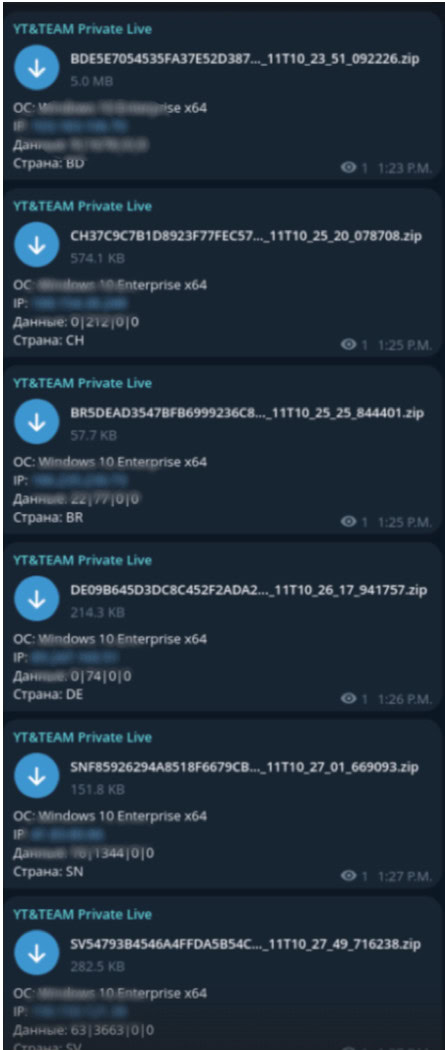
Stealer logs for purchase and download
The Time Relevancy of Infostealer Logs
Stealer logs are not all equally valuable. Brand new logs (such as those fed into a live Telegram channel) are substantially more valuable for a number of reasons to include that:
- Fresh logs are much more likely to include active session cookies which can be used to bypass MFA on web applications. To do this, threat actors use what is called an “anti-detect” browser. Stealer Logs store all of the information
- Threat actors disproportionately value “fresh” logs due to the fact that the session cookies are more likely to be valid.
- Utilizing new logs also makes it less likely that another threat actor has already gained access to financial resources, crypto wallets, and other data in the stealer log.
Infostealer Log Use-Cases
Infostealers have largely flown under the radar for corporate security teams, particularly those at smaller organizations or those with a less sophisticated security posture. Unfortunately they have not flown under the radar for threat actors looking for easy ways to compromise corporate IT environments. But, before we go into the business information security risks that infostealer malware and stealer logs pose, let’s talk about their more common use-cases; namely facilitating fraud and account takeover for monetary gain.
Threat actors are primarily not looking to compromise corporate accounts, nor is it the reason that the vast majority of threat actors use them, instead a typical workflow might look something like this:
1. Threat actors process downloaded logs through specialized “checker” applications that:
- Validate session cookie authenticity
- Filter logs based on customizable parameters
- Flag high-value targets (e.g., active financial service sessions)
- Prioritize logs containing authenticated access to valuable services
The checker tool essentially serves as a triage system, allowing actors to quickly identify and prioritize the most potentially valuable compromised accounts from large batches of logs.

A threat actor uses a checker to identify high-value logs
2. The actor then uses an anti-detect browser to impersonate the victims session on specially selected financial services logs.
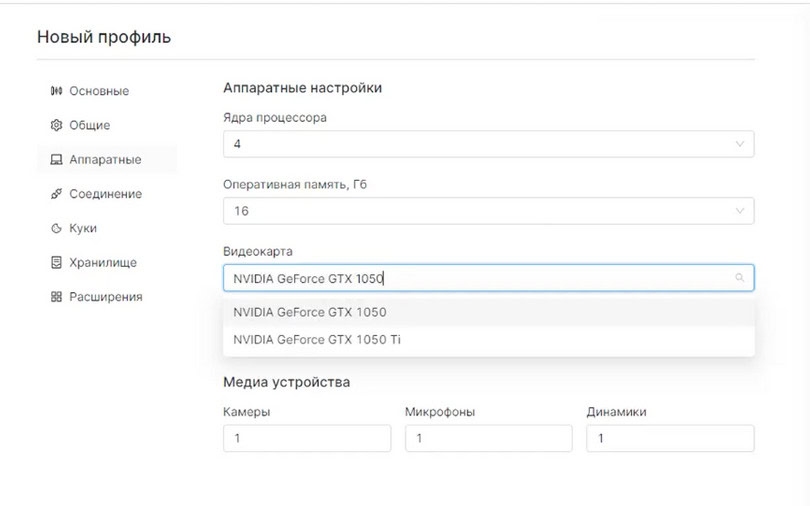
Screenshot of an anti-detect browser from a tutorial video on how to impersonate sessions
3. The actor gains access to the account and transfers money or otherwise buys cryptocurrency using the victim’s bank account.
Infostealer Malware and Corporate Cybersecurity
Infostealers (and stealer logs) are one of the most concerning trends for corporate cybersecurity teams today. Why? Millions of employees in the U.S. save credentials from their jobs onto their personal computers and subsequently get compromised by infostealer malware.
We’ve seen thousands of examples to include:
- Credentials to VPN into surgery centers
- Credentials to major corporate SSO applications
- ADFS and VPN credentials
- Corporate PR accounts, CRM accounts
Threat actors (on average) don’t “target” infostealer malware campaigns at corporate employees, but by default if they infect tens of millions of computers, huge numbers of corporate credentials and session cookies are bound to show up. This is well known by ransomware groups and other criminal entities that target businesses. Both ransomware actors and initial access brokers directly leverage stealer logs and infostealer malware infections to gain access to corporate IT systems.
To learn more about threat actors and corporate stealer logs, take a look at our report Stealer Logs, Single Sign On, and the New Era of Corporate Cybercrime.
Infostealer Malware & Initial Access Brokers
Infostealer malware is likely one of the most common ways that initial access brokers get into corporate networks. Initial access brokers (IABs) serve as a “white glove” service for ransomware groups and other criminal entities, gaining initial access to a victims corporate systems, then auctioning it off on Russian language cybercrime forums.
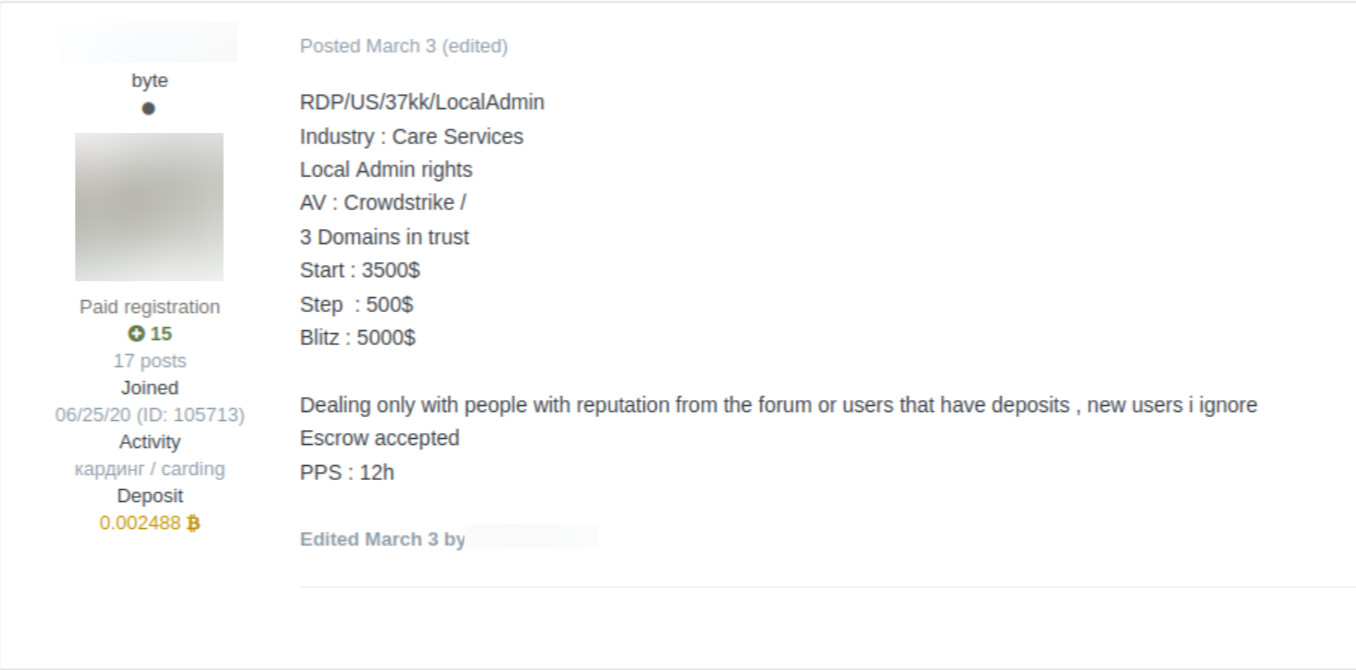
Forum post from initial access broker
When there are millions of corporate credentials and session cookies floating around Telegram, it defeats much of the need for threat actors to launch more complicated attacks such as spear-phishing or exploiting vulnerabilities on publicly facing hosts.

An initial access broker advertises logs for sale on the Russian language cybercrime forum XSS
For example, an attack facilitated by an initial access broker might look something like this:
- IAB purchases an infostealer log from a dark web marketplace. The log contains credentials, session cookies, and other sensitive data from multiple victims.
- Among the entries, they identify a high-value target: credentials for a user with an email from a mid-sized financial services firm.
- Using a virtual private server (VPS) or proxy to match the target’s geographic location, the IAB attempts to log into the financial firm’s VPN with the stolen credentials.
- Login is successful, and they are granted access to the internal network.
- The IAB installs a covert remote access tool (RAT) to maintain control even if the VPN password changes.
- They create a hidden administrator account to re-enter if the initial access point is detected or closed.
- Using the RAT, the IAB maps the network, identifying key systems like file servers, databases, and sensitive applications.
- They collect more internal credentials, including administrative passwords, using tools like Mimikatz.
- The IAB gathers the details of the access they’ve achieved:
- VPN login credentials
- Privileged admin access to specific systems
- Network map and location of sensitive financial records
- They list this package on a dark web forum, advertising it as “Administrator-level access to mid-sized financial services firm” and setting a starting price.
- The IAB provides guidance on navigating the network and any details to ensure a smooth handoff.
- The ransomware group uses the access to deploy ransomware across the network, encrypting financial data and issuing a ransom demand to the firm.
Stealer Logs & The Growing Cybercrime Ecosystem
It’s no secret that cybersecurity is adversarial, however in the past decade the nature of offense has changed. The cybercrime economy is vast – stretching into hundreds of millions, and actors ranging from lone wolves to highly coordinated groups leverage it to profit.
The complexity of the ecosystem is a source of its strength. Individual vendors each specializing in particular parts of the attack chain enable role specialization which can create scalability through the “cybercrime assembly line.” If an actor had to design their own infostealer variant, distribute it, harvest credentials, and leverage them it would be a far slower process.
Monitoring for Stealer Logs with Flare
The Flare Threat Exposure Management (TEM) solution empowers organizations to proactively detect, prioritize, and mitigate the types of exposures commonly exploited by threat actors. Our platform automatically scans the clear & dark web and prominent threat actor communities 24/7 to discover unknown events, prioritize risks, and deliver actionable intelligence you can use instantly to improve security.
Our customer Victor Pettersson, CISO at Sokigo, recently said, “Stealer logs have been the [sources] where we have seen the most actionable intelligence regarding leaked credentials.”
Flare integrates into your security program in 30 minutes and often replaces several SaaS and open source tools. Learn more by signing up for our free trial.
The post Infostealer Malware: An Introduction appeared first on Flare | Cyber Threat Intel | Digital Risk Protection.
*** This is a Security Bloggers Network syndicated blog from Flare | Cyber Threat Intel | Digital Risk Protection authored by Flare. Read the original post at: https://flare.io/learn/resources/blog/infostealer-malware/
如有侵权请联系:admin#unsafe.sh

